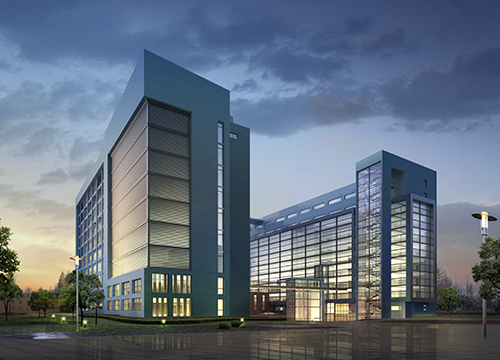
The chaos and unsettling change in where, when, how, and even why we work has led us to a state of “office shock.” At the same time, it has opened a window of opportunity. Office shock isn’t just about when to go back to the office. It’s about uncovering possibilities for human connection and ways of working in more meaningful ways. Office shock and its aftershocks will demand that people transform their organizations and themselves.
We need to think like musicians mixing a new kind of office work harmonization. To slide the scales on your own mixing board, individual office workers, organizations, and policy makers should ask, in this order:
1. What is the purpose of your office (your buildings) and officing (your ways of working)? First, consider the personal benefits to the people who work in offices — especially young people. Then ask about collective purpose for organizations and communities. The answer will fall within a spectrum between the polarities of the individual and the collective. Purpose should be your first spectrum of choice. Why do you want an office at all?
2. What are the desired outcomes you aim to achieve with your office and by your office activities? What results is your office seeking? What consequences are you seeking for your shareholders and stakeholders? While purpose is about intentions, outcomes are about results — and target results will depend on you and your organization’s value systems.
3. What will be the climate impact of your office buildings and the ways you’re working? We believe that the most important outcome over the next 10 years will be the climate impact. To date, office buildings have been more harmful to the environment than helpful. Net-zero impacts, where your office and its activities don’t contribute to greenhouse gas emissions in the environment, should be the minimum. What’s next is the goal of offices that are climate positive and regenerative.
4. With whom do you want to office? This is the spectrum of belonging. In most traditional offices, people look alike, dress alike, and talk alike. Familiarity breeds comfort, cooperation, and understanding. In the future, however, diversity will be everywhere and offices will need to learn how to rethink inclusion and belonging. In the future, diversity will be a given and purposely different will be a goal.
5. How will you augment the intelligence of your office? This is the spectrum of augmentation. In the future, we’ll all be cyborgs — part human, part computer. Which activities do we want to keep for ourselves and which do we want to augment?
6. Where and when will you office? The question many companies are asking is about time and place — when to return to the office? That’s not the first question you should ask. While it’s an important question, it shouldn’t be the starting point.
7. How will you design an agile, resilient office? Finally, how do you put it all together and act with resilience to make smart choices in an increasingly complicated future?
These questions demonstrate the need for clarity and nimbleness in these times of great uncertainty. You must harmonize your choices within each and then across the roles you play. These aren’t either/or choices, they’re both/and.
To assist you, we’ve framed these spectrums of choice into a metaphorical mixing board. The choices on the board are neither binary nor easy.
Office Shock Mixing Board — A visual metaphor illustrating the seven spectrums of Choice. (SEE ATTACMENT)
Harmonizing within and across the seven spectrums
For each spectrum of choice, we ask you to “move the slider” between the two polarities to reflect your choices. Thinking 10 years into the future (“futureback”) will help you develop clarity of direction about where, when, and why you work, but you must stay very agile about how to get to that future.
Thinking futureback will help to first harmonize within each polarity, and then harmonize across the seven spectrums. This will be about finding the best possible mix — the one that will set your course toward a better future of working and living. There will be no simple solutions, but there will be exciting opportunities.

